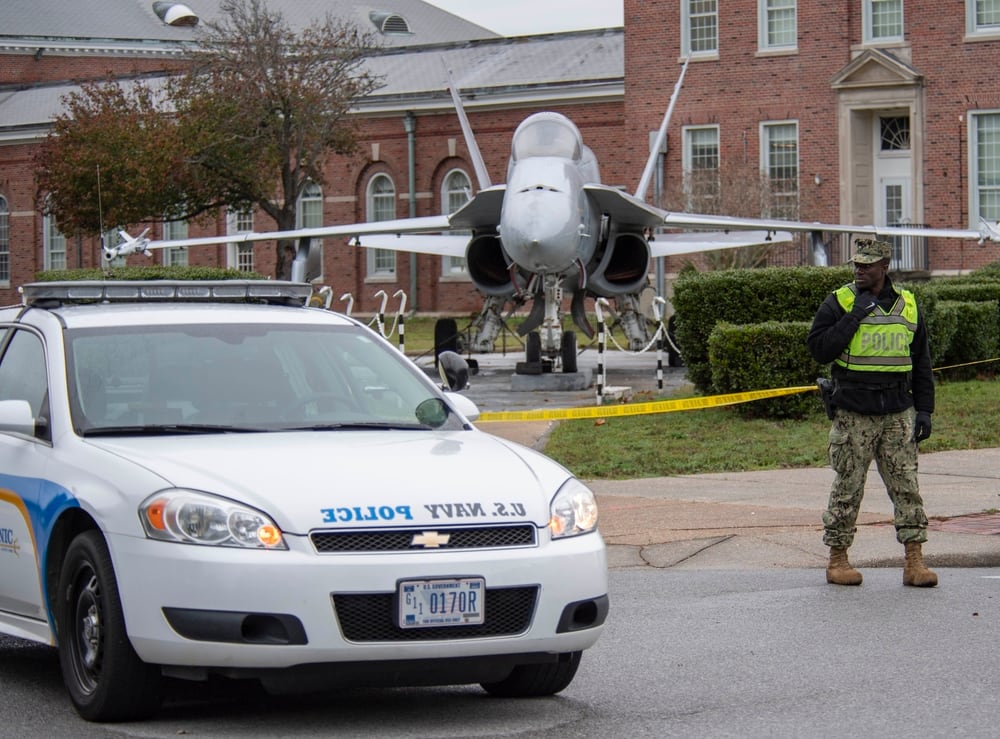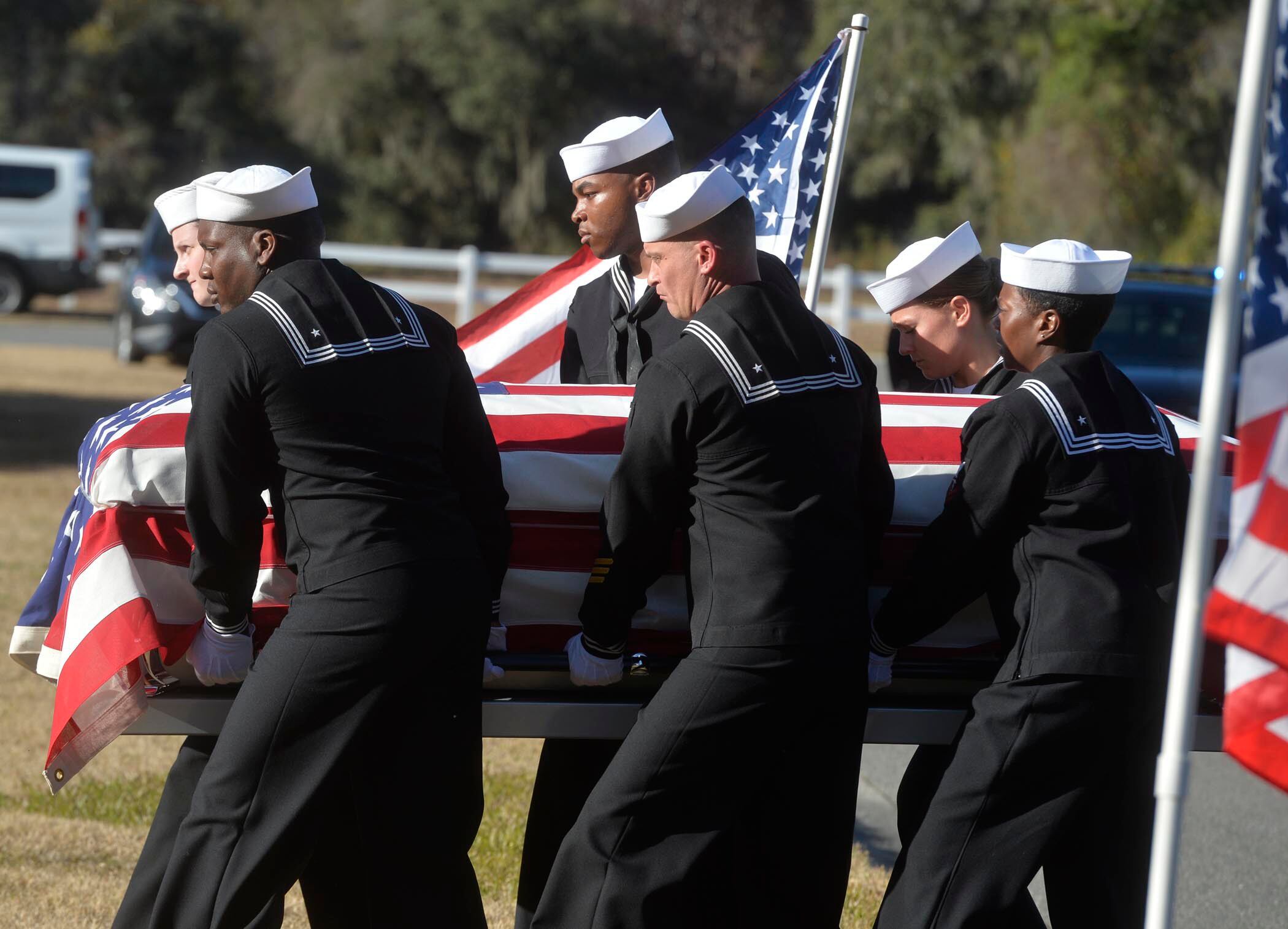The fatal shooting of three sailors aboard Naval Air Station Pensacola, Florida, in December, by a Saudi military officer occurred after a series of lapses in how such international military students are screened and vetted, the New York Times reported Sunday.
The Times investigation found that “breakdowns in vetting systems in the United States and Saudi Arabia occurred at virtually every step of the way.”
Among those failures, Saudi officials failed to comb through the social media of Saudi air force 2nd Lt. Mohammed Alshamrani and find the kinds of posts that would have disqualified him from entering that country’s military or being accepted to the U.S. training initiative, the Times reports.
American vetting systems that could have spotted “troubling social media activity” on the 21-year-old’s part did not catch the red flags either.
While the Pentagon did set up an “insider threat program” after the Fort Hood, Texas, shootings in 2008, that system did not cover military students from other countries, according to the Times report.
RELATED

Alshamrani had been in contact with al Qaida two years before setting foot in America and remained in touch until Dec. 6, the day of the shooting.
The Times report cites officials who say that Alshamrani was also hard to flag because he represents a “self-directed contractor” brand of extremist, one whose murderous act was not entirely guided by al Qaida officials.
Alshamrani was able to purchase the handgun he used to kill the sailors at a Florida gun shop and had received a license from the state.
He was killed in a shootout with police on the base.
Go here to read the entire New York Times story.
Geoff is the managing editor of Military Times, but he still loves writing stories. He covered Iraq and Afghanistan extensively and was a reporter at the Chicago Tribune. He welcomes any and all kinds of tips at geoffz@militarytimes.com.
